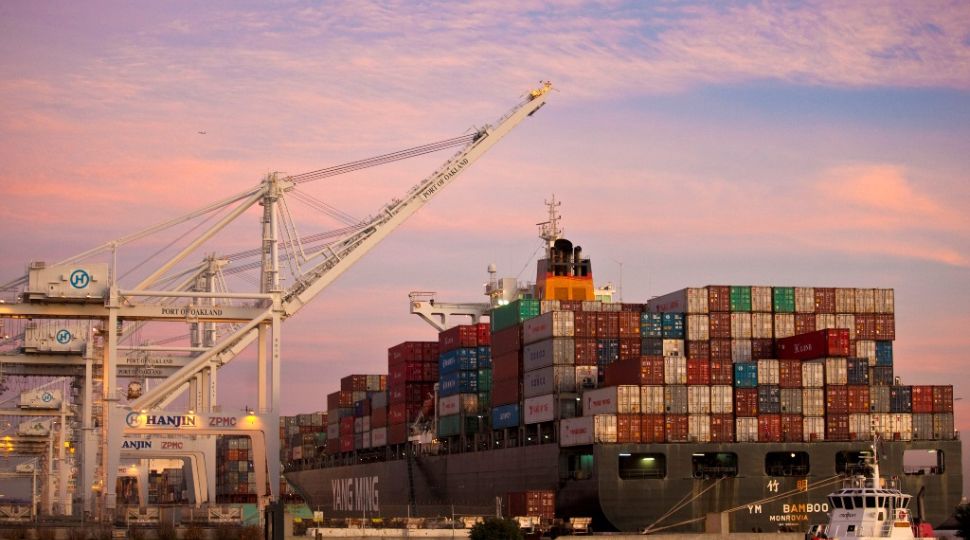G20 Osaka Summit Outcome Similar to Last Year’s Meeting in Buenos Aires

What are the main outcomes of the G20 summit in Osaka?
Similar to the G20 summit held last year in Argentina, the leaders declared support for free and fair trade in the conclusions of the Osaka summit, but trade wars and protectionism were not criticized. A step forward is their overt endorsement of the WTO and willingness to take action to prevent the paralysis of the WTO dispute-settlement mechanism. The U.S. has been ready to block this mechanism from December 2019 by refusing to appoint judges that oversee the cases.
The G20 countries also support the free flow of data and endorsed the group’s good practices in infrastructure investment. They also called for further measures to reduce steel surpluses on the markets.
What were the other topics of the discussion?
On the margins of the summit, the EU leaders, together with the presidents of Brazil and Argentina, announced the conclusion of a free trade agreement between the EU and Mercosur. However, the debate about climate protection ended with no resolution, unlike last year when the conclusions indicated the U.S. intention to leave the Paris Agreement and the remaining 19 members committed themselves to its full implementation.
Media were focused on Trump’s bilateral meetings. With Russian President Vladimir Putin, according to Russian sources, the two leaders talked about the desire to normalise relations. The most important one of the summit, however, was Xi and Trump’s conversation about the U.S.-Chinese rivalry, in particular the ongoing trade dispute.
What was accepted during the Xi-Trump talks?
The U.S. and China confirmed the renewal of trade negotiations, suspended in May. The U.S. once again— as it did at the G20 summit in Argentina—delayed the imposition of another round of tariffs on Chinese products worth $300 billion. This time, though, the agreement was for an indefinite suspension rather than just 90 days as in 2018. President Trump also announced the possibility of cancelling the U.S. ban on American companies’ cooperation with Huawei and a reduction in visa restrictions on Chinese students. China conditioned the renewal of negotiations on the resolution of these other two issues. The Chinese also declared additional purchases of American products, for example, soybeans. The meeting’s success strengthens Xi’s position in the Chinese Communist Party and will forestall a worsening of the Chinese economy.
What is the perspective of resolving the current U.S.-China dispute?
The renewal of trade negotiations does not guarantee that U.S.–China relations will stabilise. First, it does not change the U.S.’s confrontational policy towards China, which largely exceeds trade issues. Even the cancellation of the ban on cooperation with Huawei is uncertain because members of Congress from both major parties support the restriction on the Chinese telecommunications company. Second, it is hard to expect that China will change its negative stance on suggested methods of verification included in a possible trade deal. The difference of opinion with the U.S. in this matter led to the previous suspension of negotiations. So, the dispute is likely to continue—the existing tariffs will be maintained and renewed negotiations may stop at any time. The signing of an agreement is also possible because that could significantly increase Trump’s chances of re-election in 2020.






